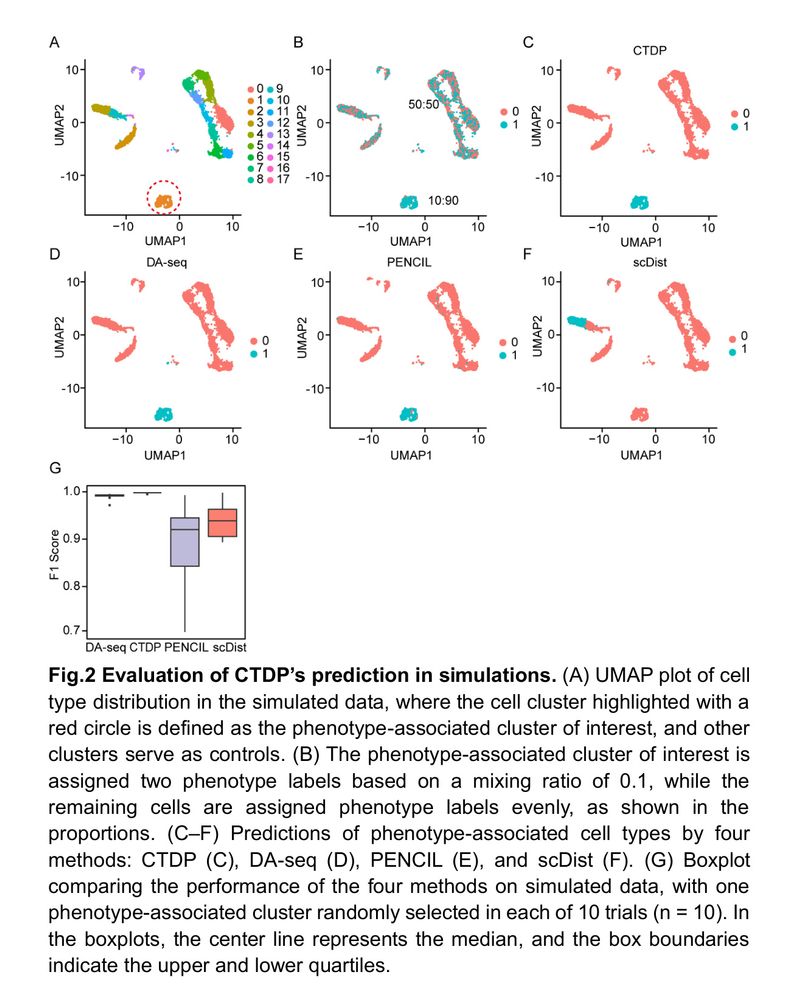AI x Bio Discovery
@aixbiobot.bsky.social
620 followers
1 following
4.4K posts
Automated discovery of AI x Bio preprint papers.
Posts
Media
Videos
Starter Packs



































































































